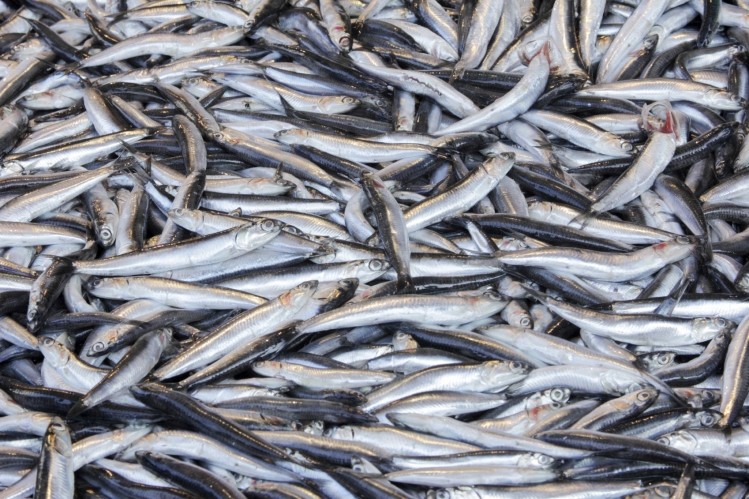With a strong El Nino decimating stocks, Peru shuts down omega-3 anchovy fishery

After conducting the survey, the Instituto del Mar del Peru (IMARPE) recommended this week that the season be suspended indefinitely. It is worrying news for the omega 3 industry, as about 70% of the world’s servings of EPA and DHA are sourced in this one fishery. The low numbers of fish were attributed to the effect of an El Nino event, a periodic hemispheric weather phenomenon caused by a Kelvin wave, a huge mass of warm water that moves into surface waters of the eastern Pacific.
The cycle has a profound, though somewhat unpredictable, effect on fishing stocks, said Carlos PInillos, exectuve director of TASA Omega, the world’s largest producer of fish meal and fish oils, based in Peru.
“It is not new what is happening,” Pinillos told NutraIngredients-USA during an interview at the SupplySide West trade show in Las Vegas, NV. “In an El Nino year we have water that is higher in temperature, higher in salinity and has less oxygen. Normally the anchovy move in schools, but now they are dispersed because they are seeking better conditions.”
Biggest El Nino ever?
Some observers has said the huge amount of water in this event’s wave, and the higher temperature of the water (which some are attributing to global climate change), means this year’s El Nino could be bigger in magnitude than even the 1997-98 event. Joe Agnew, global marketing manager for lipids for DSM, said the current situation is already without precendent as far as its effects on the fishery are concerned.
“There have been years when the quota has been set very low. But this is the first season where the fishery has been shut down entirely,” he said.
The Pervian fishery is divided into northern and southern segments. The northern segment is significantly more productive, with about 5 million tons of fish landed there in a typical year. The southern catch usually amounts to about 600,000 to 800,000 tons, Pinillos said.
The quota for each of the three-month fishing seasons (which are interspersed with the fishes’ three-month spawning cycles) are set as a percentage of the overall biomass. The acoustic survey could find only 1.4 million tons of fish in the northern fishing zone.
“Last year, the biomass was around 12 million tons,” Pinillos said.
Effect on market
A new survey to be conducted in a few weeks could still find enough fish to allow a season in the northern zone (fishing at some level will still be allowed in the southern zone, Pinillos said). One hopeful sign Pinillos pointed to is that researchers found enough eggs in the water from the spawning that is now nearing its conclusion to indicate that there are more fish than the 1.4 million ton total would indicate. They just don’t seem to be in the area covered by the survey. But Agnew said sources he has talked to in the business said conditions are so poor that a few weeks is unlikely to make a difference.
Pinllos said that fluctuations in the fishing stocks are to be expected, and many companies have stocks of oil on hand, so in the short term supply of omega-3s won't be interrupted. Agnew, however, said that the situation bears careful watching and could have deep impacts on the market.
“This is so new that people are just starting to ask questions about how we deal with it,” he said.












